More Than Meets The Eye
How we think about a subject is as important as what we see. The typical advice for modeling ties is to impart wood grain by scraping the wood with a razor saw. Why do this? My hunch is because somebody decided it was a good idea, which was then repeated over and over, until it’s just another habitual step regardless of the context involved.
If generic advice produces generic outcomes (and I’m as guilty as anyone in offering generic suggestions in these posts), what are some things we might consider? Here are some thoughts to ponder.
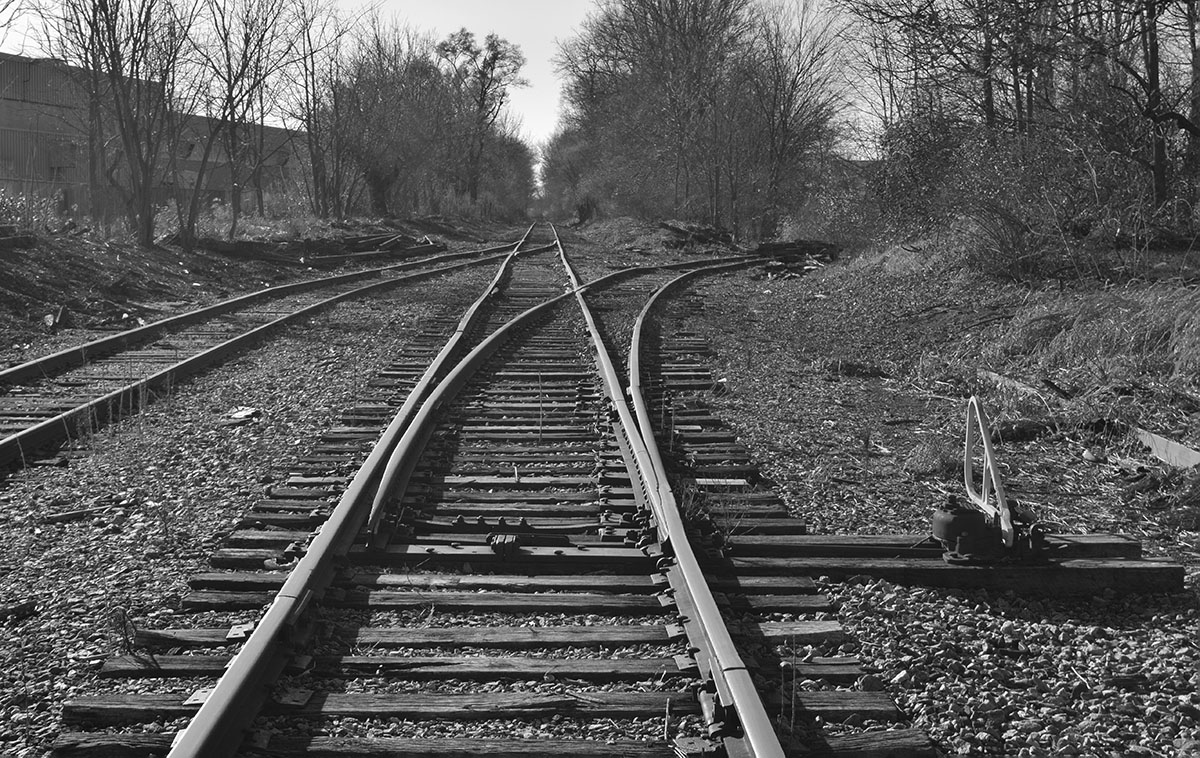
What Are You Actually Modeling?
Mention branch line track and an image of light rail, decrepit ties and weed infested ballast comes readily to mind for many of us. In reality, there is no single characteristic to secondary track. Ties can be falling apart or in good shape. Maintenance depends on how much traffic the line supports and how important it is to the bottom line.
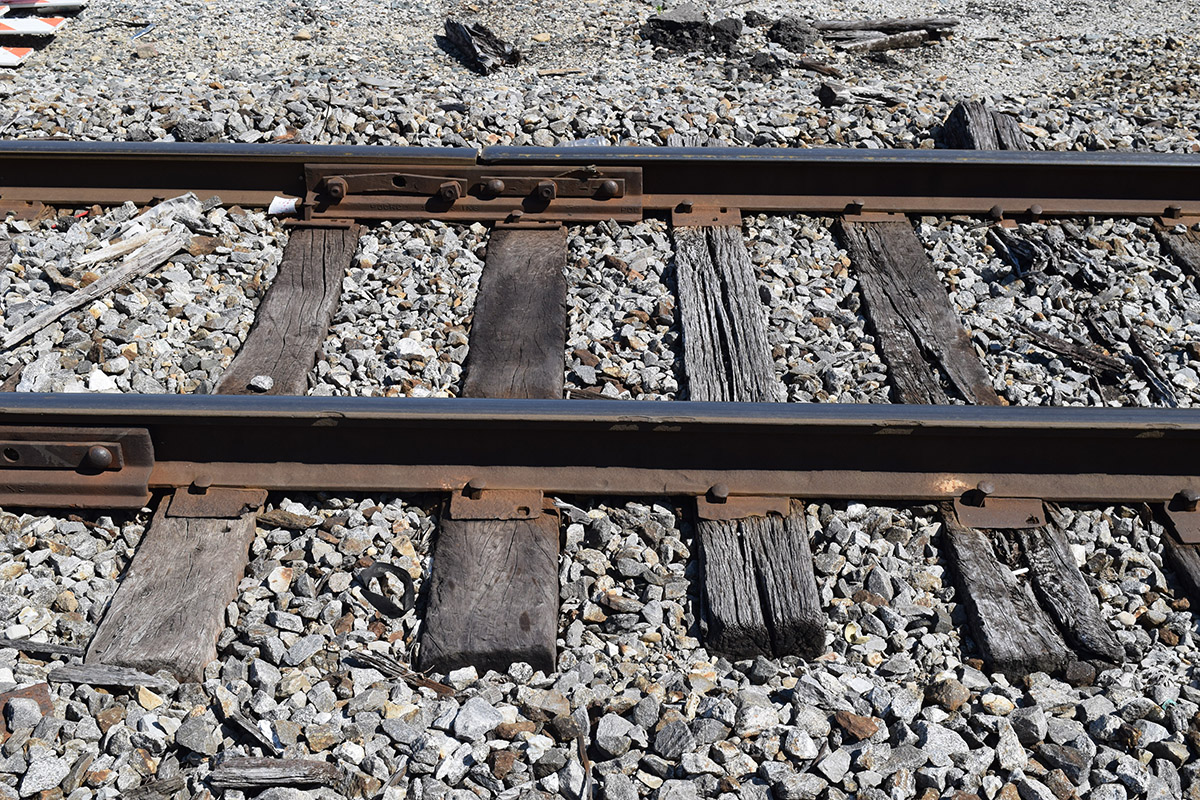
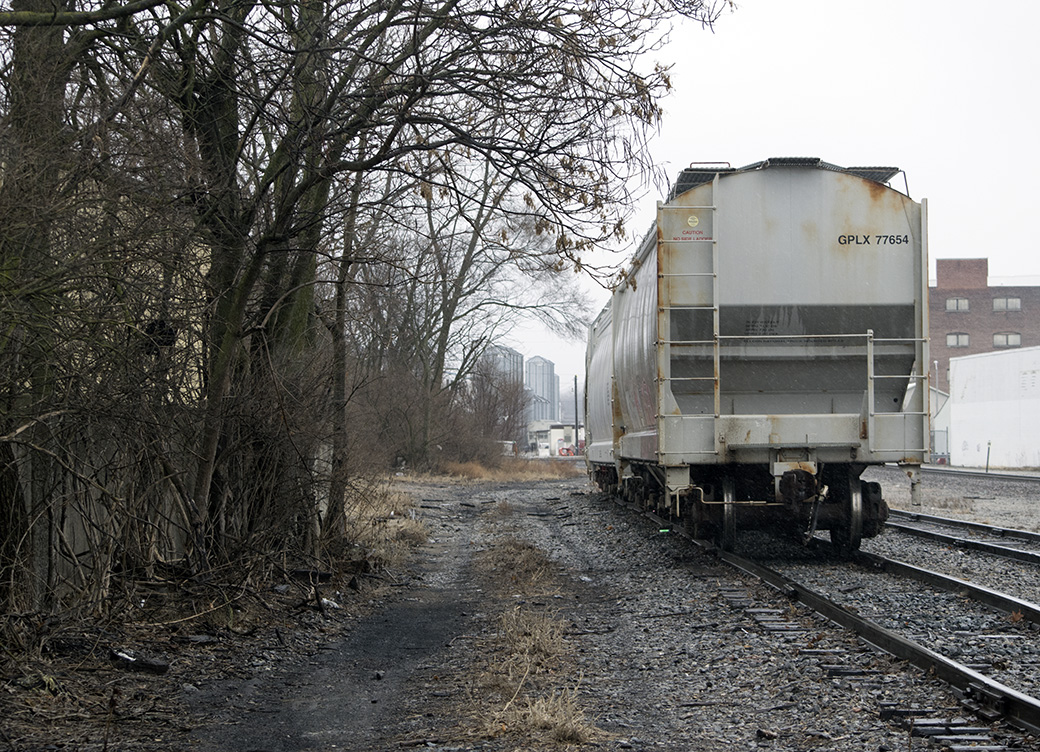
The World Is Not Flat
Railroads take water and drainage seriously. Track and roadbed use different levels and pitches to direct water away. A close examination of this area reveals numerous grade levels around the tracks, as the section drawing below shows. Although they are subtle, including them adds a higher degree of realism. Modeling these changes effectively takes more planning up front and during construction. You decide if the impact is worth the effort.
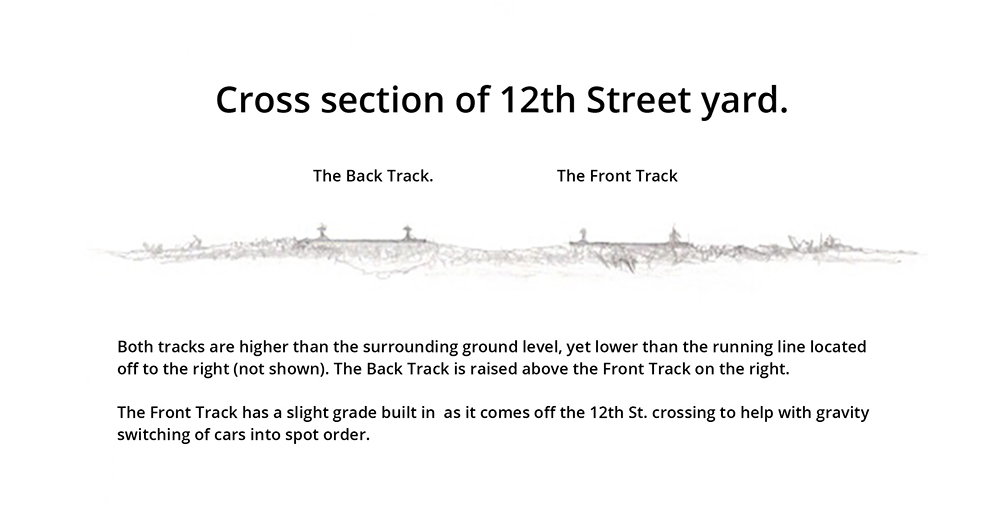
Scale and Viewpoint Matters
The modeling scale used and viewpoint you see the subject from plays a huge role in the amount and quality of textures like wood grain and how it’s perceived. Depending on the height of the layout surface in relation to our own eye level, our viewpoint is most likely looking down at the scene as if we were looking out the top window of a five-story building rather than on the ground next to the objects. From such a distance fine textures simply fade into the background and even more pronounced textures appear simpler than we think.
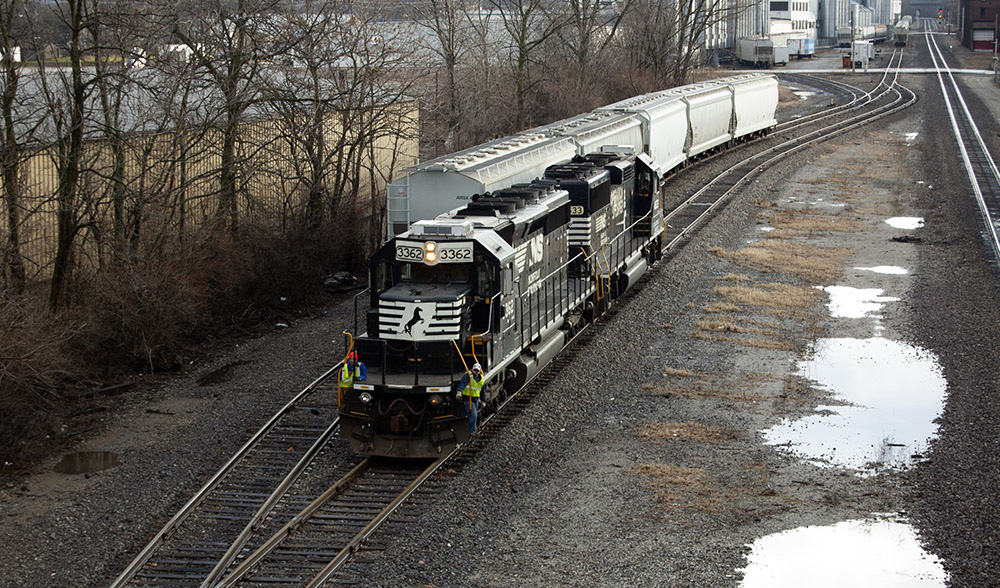
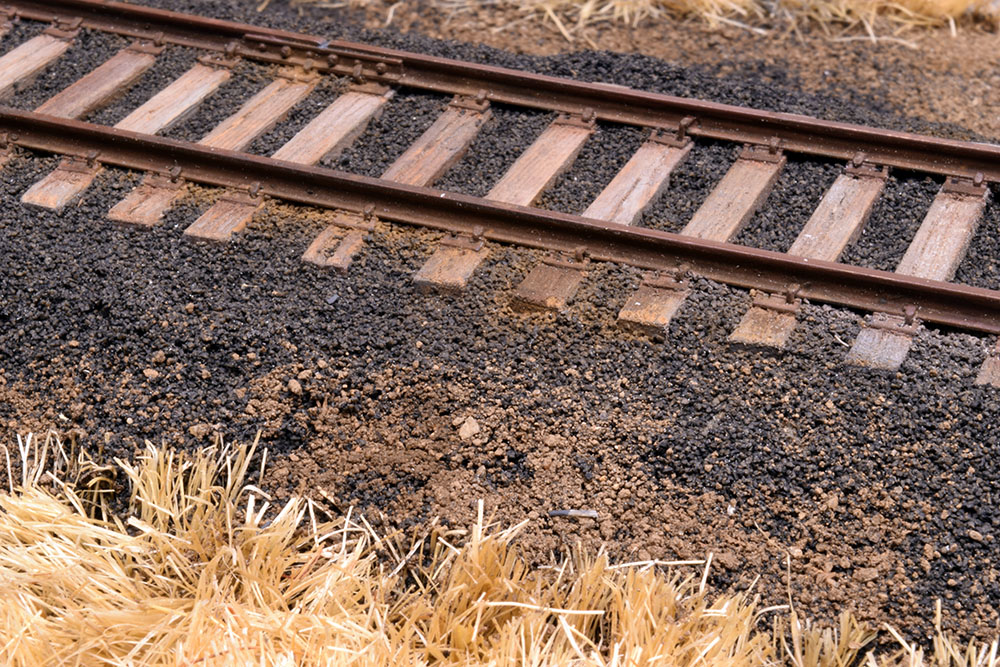
Going Against The Grain
I compose my quarter-inch scale modeling with a close up viewpoint as if you were actually standing in the scene. I like to model older track where the ties are nearly through with their service life. With that said however, I’m often guilty of overdoing the texture in many of the ties on my track work.
For in service track, these ties have a more realistic degree of wood graining in my view.
It’s A Matter of Taste
I can’t emphasize enough that these aspects are incredibly subjective. What looks good to my eyes may be terrible to yours and so on. In work like this there are only principles and guidelines, not hard and fast rules.
In the end it’s a matter of taste. While I’ve acquired some skill in modeling track, I feel like I’m just beginning. The more I learn about track and modeling, the more things I discover there are to learn. Our curiosity is what keeps the work interesting.
What I encourage in these posts is to be more thoughtful in your study of a subject. Readers should understand by now that I approach this work from a specific point of view. I don’t expect anyone to duplicate my efforts step by step. All I hope to accomplish with these posts is to have someone say: “Hmm, I never thought about that before.” If the writing can do that for you, then a post has served its purpose.
Regards,
Mike
0 Comments